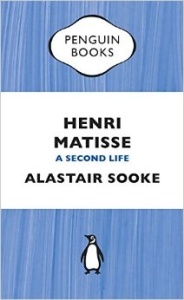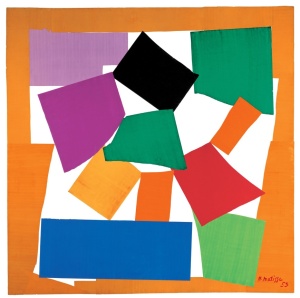
The Wild Beasts of Wuhan, an Ava Lee Novel by Ian Hamilton
Given the current Coronavirus pandemic, I had to pick up Ian Hamilton’s The Wild Beasts of Wuhan, his third Ava Lee mystery. Apart from its fantastic title, this is the first book I’ve ever seen that has Wuhan in the title. In any event, I’m very happy I started reading The Wild Beasts of Wuhan, because it is is a deftly plotted and very fun mystery.
Ava Lee is a highly compensated, very cool collector of very large debts. She is also a specialist in some type of martial arts I’ve never heard of, but suffice it to say she can take anyone out. Quickly. Working with her highly connected Hong Kong based “Uncle,” Ava attracts demanding and dangerous clients and and then uses her special skill set and Uncle’s connections to find the money. Needless to say, this is very dangerous, and Ava comes up against all manner of villains, who add considerably to the richness of the story.
This mystery starts in Wuhan, China, but forces Ava Lee to travel to Hong Kong, London, Ireland, the Faroe Islands and New York. Ava’s travel arrangements and wardrobe selections feature prominently. I’m not sure why, but then why not. Ava also has an intense but troubling relationship with her girlfriend back in Toronto, so she juggles that along with her perilous mission.
Ava Lee is a great character, who makes an clever mystery even more interesting. This novel focuses on the art business, in particular the business of art forgery. It is a great subject, which greatly adds to the fun of reading this book. I love Fauvist painters, particularly Raul Dufy, and they just don’t often show up in novels of any kind, so that’s a plus here.
I recommend The Wild Beasts of Wuhan because of its exceptionally interesting detective and clever plot set against the powerful back drop of the shady international art world. Throw in some an exceptional assortment bad guys and significant ethical issues, and you have a great story.

